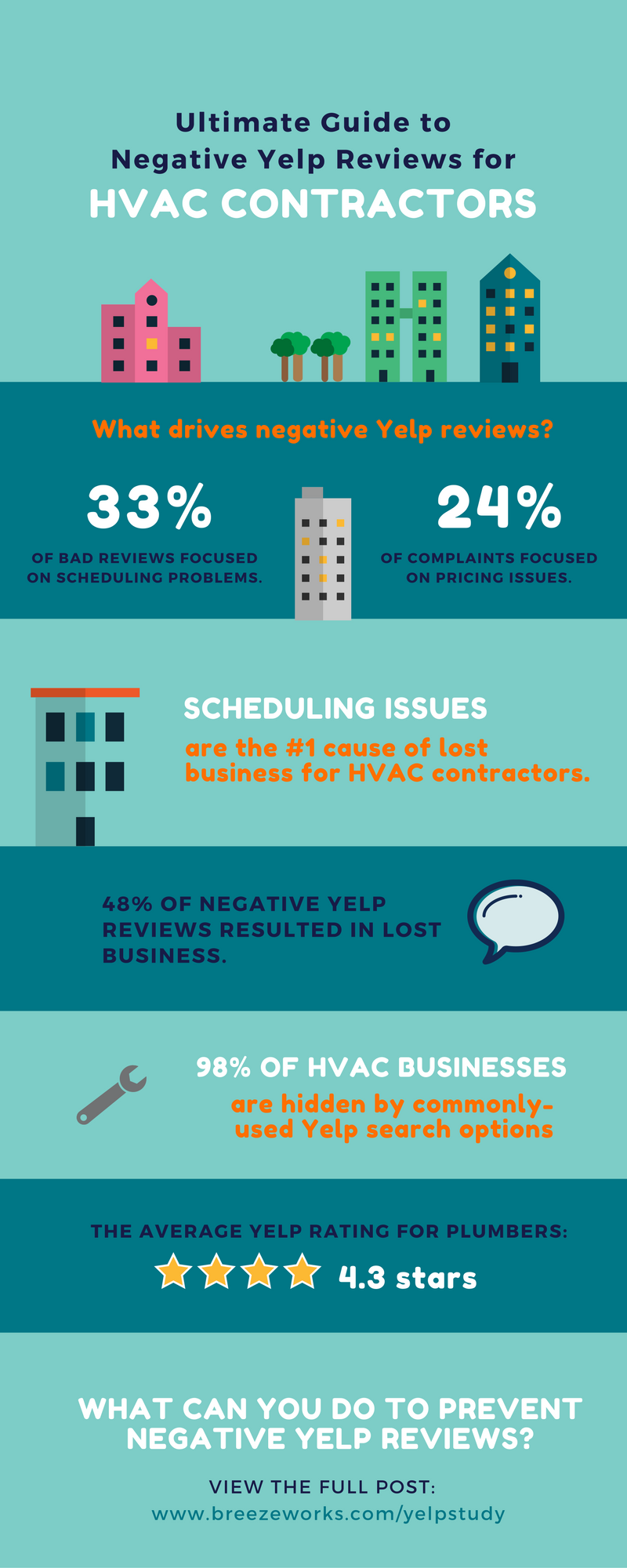The Ultimate Guide To Comprehending Warm Pumps - Exactly How Do They Work?
The Ultimate Guide To Comprehending Warm Pumps - Exactly How Do They Work?
Blog Article
Post Written By-Blanton Gylling
The most effective heat pumps can conserve you significant quantities of cash on energy expenses. They can also help reduce greenhouse gas exhausts, specifically if you utilize electrical power in place of fossil fuels like gas and home heating oil or electric-resistance heaters.
Heatpump work very much the like ac unit do. This makes them a viable choice to conventional electric home heating unit.
How They Function
Heat pumps cool down homes in the summer season and, with a little assistance from electrical energy or natural gas, they supply a few of your home's heating in the wintertime. They're a good alternative for individuals who want to lower their use nonrenewable fuel sources but aren't ready to replace their existing heating system and cooling system.
They count on the physical reality that even in air that appears also cold, there's still power present: warm air is always relocating, and it wants to move into cooler, lower-pressure atmospheres like your home.
A lot of power STAR certified heat pumps run at close to their heating or cooling ability throughout the majority of the year, lessening on/off biking and saving energy. For the best efficiency, concentrate on systems with a high SEER and HSPF score.
The Compressor
The heart of the heatpump is the compressor, which is likewise called an air compressor. This mechanical flowing tool utilizes prospective power from power production to increase the stress of a gas by minimizing its volume. It is various from a pump because it only works on gases and can't work with liquids, as pumps do.
Atmospheric air goes into the compressor through an inlet shutoff. It circumnavigates vane-mounted arms with self-adjusting length that split the inside of the compressor, producing numerous cavities of differing size. home air conditioning to move in and out of phase with each other, pressing the air.
The compressor pulls in the low-temperature, high-pressure refrigerant vapor from the evaporator and compresses it into the warm, pressurized state of a gas. This procedure is repeated as required to provide heating or cooling as needed. The compressor likewise contains a desuperheater coil that recycles the waste warm and includes superheat to the cooling agent, changing it from its fluid to vapor state.
The Evaporator
The evaporator in heatpump does the same thing as it carries out in refrigerators and a/c, transforming fluid cooling agent into a gaseous vapor that eliminates warmth from the area. Heat pump systems would not work without this crucial piece of equipment.
This part of the system lies inside your home or structure in an interior air handler, which can be either a ducted or ductless unit. It consists of an evaporator coil and the compressor that compresses the low-pressure vapor from the evaporator to high pressure gas.
Heat pumps absorb ambient warmth from the air, and then make use of electrical power to transfer that heat to a home or service in home heating setting. That makes them a lot a lot more energy efficient than electrical heaters or heaters, and because they're utilizing tidy electrical energy from the grid (and not burning fuel), they likewise generate much fewer discharges. That's why heatpump are such fantastic environmental selections. (Not to mention a big reason why they're ending up being so popular.).
The Thermostat.
Heatpump are fantastic alternatives for homes in chilly environments, and you can utilize them in mix with typical duct-based systems or perhaps go ductless. see more 're a great alternative to fossil fuel heater or conventional electrical furnaces, and they're a lot more sustainable than oil, gas or nuclear HVAC devices.
Your thermostat is the most essential element of your heat pump system, and it functions really differently than a traditional thermostat. All mechanical thermostats (all non-electronic ones) work by using materials that transform dimension with increasing temperature, like coiled bimetallic strips or the expanding wax in an automobile radiator valve.
These strips contain 2 different kinds of steel, and they're bolted together to form a bridge that completes an electric circuit attached to your cooling and heating system. As the strip obtains warmer, one side of the bridge increases faster than the various other, which causes it to bend and signal that the heating unit is required. When the heatpump is in home heating mode, the turning around valve reverses the circulation of cooling agent, to ensure that the outside coil now operates as an evaporator and the indoor cyndrical tube becomes a condenser.